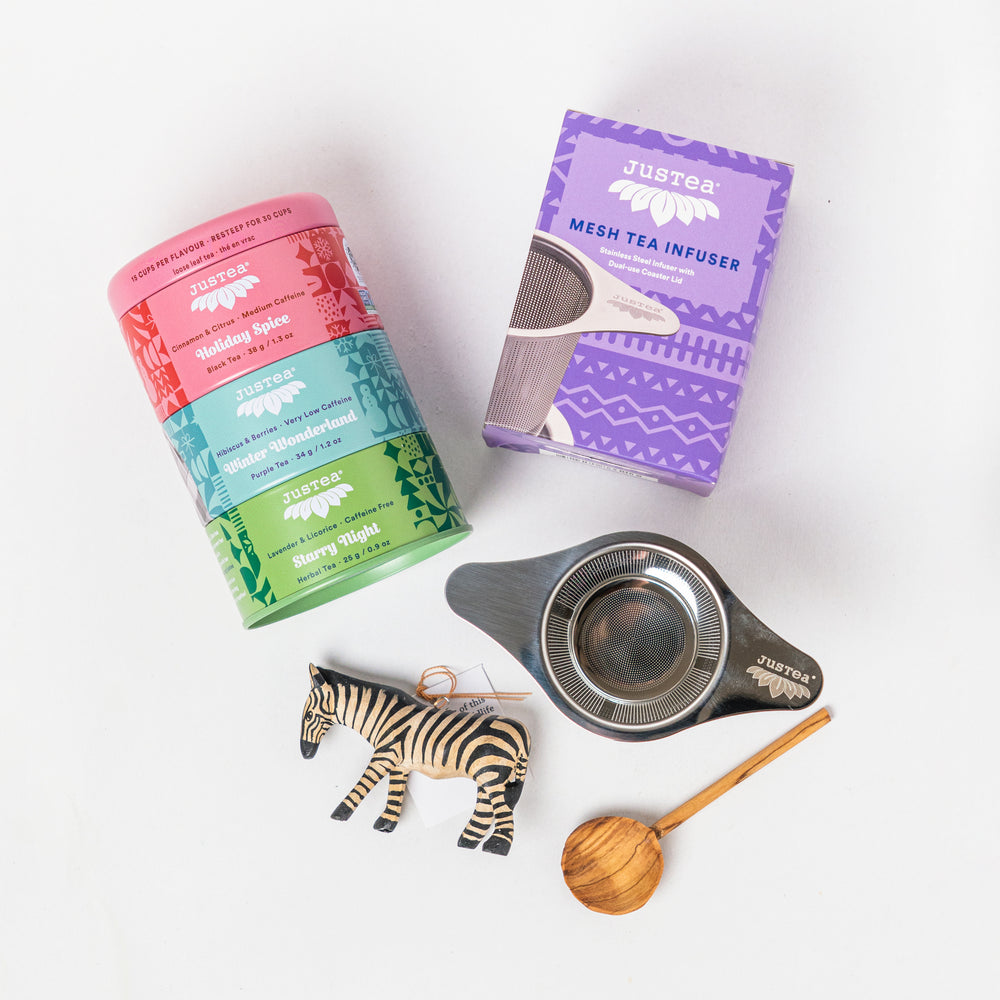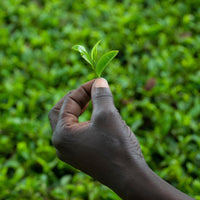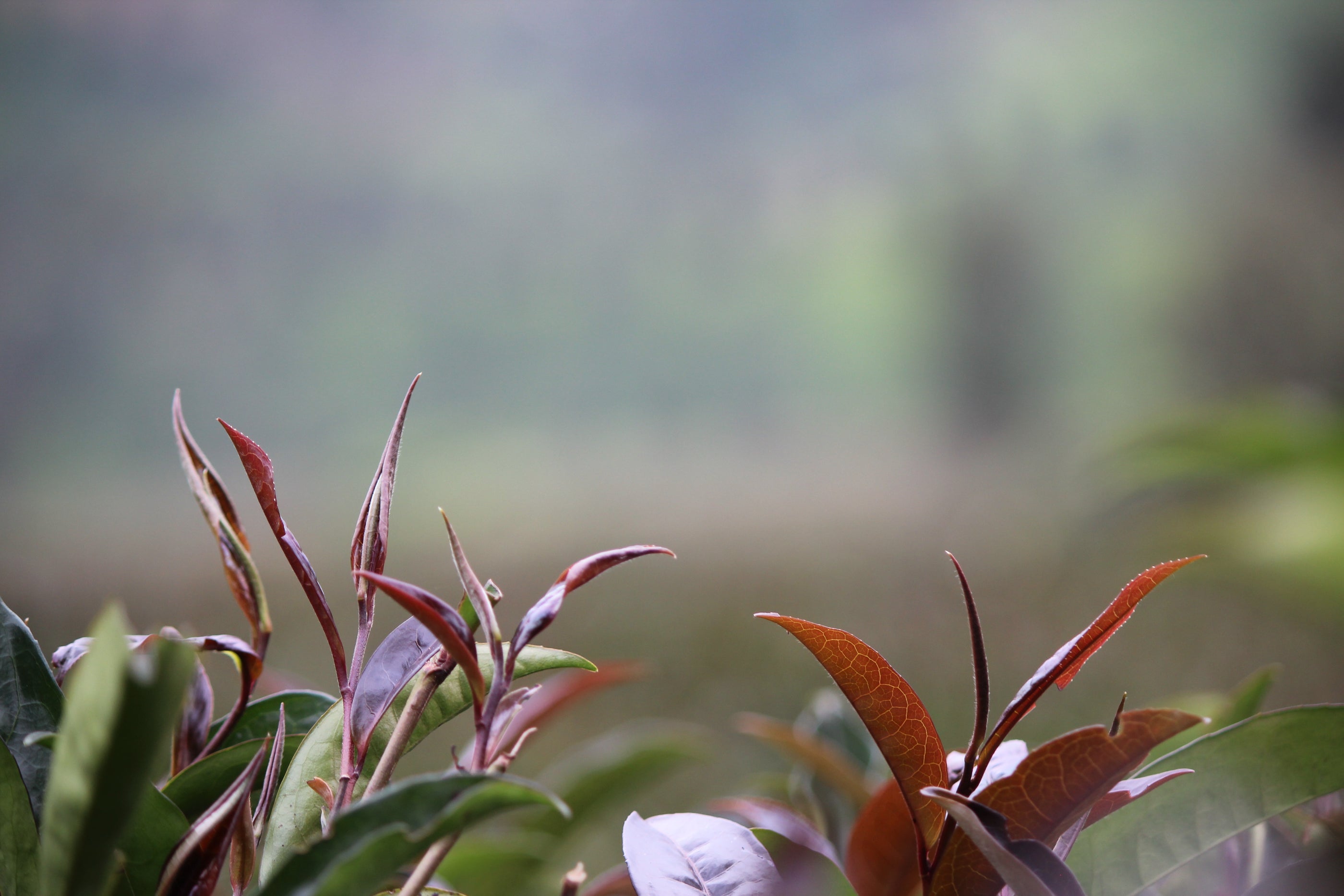
Hello!
JusTea offers the first and only farmer-direct tea from Kenya. If you like this blog post, check out the rest of our website.
Recent posts
-

-
 The History of TeaBy Paul BainJuly 29, 2022
The History of TeaBy Paul BainJuly 29, 2022 -
 Explaining the Tea Making Process: How 7 Different Types of Tea are MadeBy Paul BainJuly 29, 2022
Explaining the Tea Making Process: How 7 Different Types of Tea are MadeBy Paul BainJuly 29, 2022

The Health Benefits of Purple Tea, Black Tea, Green Tea, Oolong Tea, and Herbal Tea
By Paul Bain
Curious about the health benefits of purple tea and how it stands up to the other varieties? Have you ever wondered why there are so many different types of tea and what “Purple Tea”, “Green Tea” or “Black Tea” really means?
Let’s explore the art of making tea so you can understand the difference between the many types of tea we offer and the benefits of each, especially our newest favourite: Purple Leaf Tea.
Every Tea's Process is Unique
The steps of making tea depends on the type being produced, but there is a general process that is followed: plucking, rolling, oxidation or de-enzyming, and drying.

JusTea leaves are hand-plucked from the garden and only 2 leaves and a bud are selected. These leaves are then rolled, pressed or twisted in order to break the cell walls of the leaf. Depending on the type of tea, the leaves are then oxidized. The oxidation process has the largest impact on the teas flavour and colour, and therefore the type of tea created. The final stage is drying, which ensures the leaves will keep well.
Though this is the basic process behind making tea, adjusting this process can make a big difference in the leaves chemical composition and flavour. Read on to discover the unique process and benefits of Purple Tea and four other tea varieties.
Purple Tea: The Magic Tea
Over 25 years ago, the Tea Research Foundation of Kenya (TRFK) developed this new Purple cultivar and small-scale Kenyan farmers planted the seedlings in 2011. Purple Leaf Tea is a cultivar of Camellia Sinensis (species) Assamica (varietal). It is called Purple Tea because the bushes grow purple leaves in Kenyan tea gardens. The leaves are purple because they contain super-antioxidants called anthocyanins. Don’t be shocked by its bright colour, this is not a gmo plant; it is completely natural and part of the tea family!
To craft the best Purple Tea cup flavour and retain the most health benefits, it requires its own unique recipe. In the garden, only the freshest Purple leaves are plucked, older leaves can’t be plucked because then the leaf colour will have started to fade from purple back to green. Unlike a Green Tea, the leaves require a withering process to ensure a sweeter taste and moisture reduction. Then the leaves are panned/steamed similar to a green tea, rolled and then dried. So Purple Tea is withered like an Oolong/Black, panned/steamed like a Green, and plucked carefully like a White Tea! And of course, Purple Tea can only be made from a purple leaf.

Health Benefits of Purple Tea:
Purple Tea leaves have more antioxidants than any other tea leaf! They also contain a type of antioxidant called Anthocyanins, which is what turns the tea leaves purple. This is the same antioxidant found in ‘superfoods’ like acai berries, pomegranates and blueberries. The medicinal value of Purple Tea is endless! The leaves have anti-viral, anti-inflammatory, anti-cancer properties and reduce cholesterol, boost cognitive function and prevent colds and flus. And because of how this tea is produced, it has half the caffeine of Green Tea.
On top of all the amazing health benefits of Purple Tea, the Purple Tea Leaf naturally has a taste of sweet plums and fresh spring. We’ve paired it with various herbs to enhance its smooth flavour! We have a variety of naturally organic and Fair Trade Purple Teas you can enjoy here.
Black Tea: The Energy Tea
Did you know that Black Tea comes from the same tea plant as Oolong, White and Green Teas: the Camellia Sinesis plant? But what differs among these teas lies in the processing of the leaves.

After withering and rolling, Black Tea leaves are left to fully oxidize before they are dried. This is what gives them a rich dark brown to black colour and adds a malty, fruity or even smoky flavour. This also makes them the highest in caffeine amongst all teas.
Benefits of Black Tea: Black Tea has proven to strengthen oral and bone health and the immune system, reduce stress hormone levels and increase alertness. Because Black Tea contains a high amount of caffeine it is a great energy source. It provides the benefits of alertness and energy but without the crash that many people experience with other energy sources.
We have a number of delicious naturally organic, fair-trade black teas you can choose from here.
Green Tea: The Antioxidant Powerhouse Tea
Green Tea is known for having tremendous health benefits. As mentioned above, Green Tea also comes from the Camellia Sinensis plant. But unlike Black Tea, after plucking, the leaves do not oxidize, instead they go through a de-enzyming process. De-enzyming means the leaves are heated up through steaming (like steamed vegetables) or panning (similar to a tumbling clothes dryer). This process arrests any oxidation from happening after the leaves are rolled. This is why Green Tea is lighter in colour and has a more vegetal/grassy flavour.
Benefits of Green Tea: Because it comes from the same plant as Black Tea there is still some caffeine in Green Tea, but a much lower amount. With no oxidation in the processing, green tea leaves contain a wide range of unique antioxidants and therefore health benefits. The high concentration of Epigallocatechin Gallate (EGCG) antioxidants, a common antioxidant in green tea, is known to burn fat, counteract oxidative stress on the brain and reduce the risk of neurological disorders.
Taste our delicious Kenyan Green Teas here.
Oolong Tea: The Weight Loss Tea
Oolong Tea also comes from the Camellia Sinesis plant. But the oxidation levels of its leaves are between Green & Black Teas. This level can vary between the two types and therefore the taste of these teas and their caffeine levels can vary. This means that Oolong actually is the broadest category of tea because there can be lighter oolongs or darker oolongs, depending on how long the leaves are left to oxidize for.
Benefits of Oolong Tea: Because Oolong is in the middle of Black and Green teas, it combines some benefits of both! It contains the full range of antioxidants and is often recommended for its weight-loss properties. But it also is known to reduce inflammation and oxidative stress, in turn, preventing many health ailments.
Our Fair Trade Safari Oolong Tea is meticulously crafted in small batches of naturally organic tea leaves. This complex processing results in an exquisite cup of tea with smooth floral flavours and a hint of honey.
Herbal Tea: The Heal All Tea
Herbal Teas are also not derived from the Camellia Sinesis plant, and therefore are not always referred to as real “teas”. They are an infusion or blend of leaves, fruits, bark, roots, or flowers.

Benefits of Herbal Tea: Most Herbal Teas are caffeine free and the benefits of Herbal Tea are numerous depending on the herbs used. There’s a blend for almost any ailment! For example: Chamomile Teas are calming, Hibiscus Teas keep blood pressure balanced, Lemongrass Tea helps with iron absorption and Rooibos Tea is filled with powerful minerals to aid digestion.
We have many different naturally organic and Fair Trade herbal teas you can taste here.


